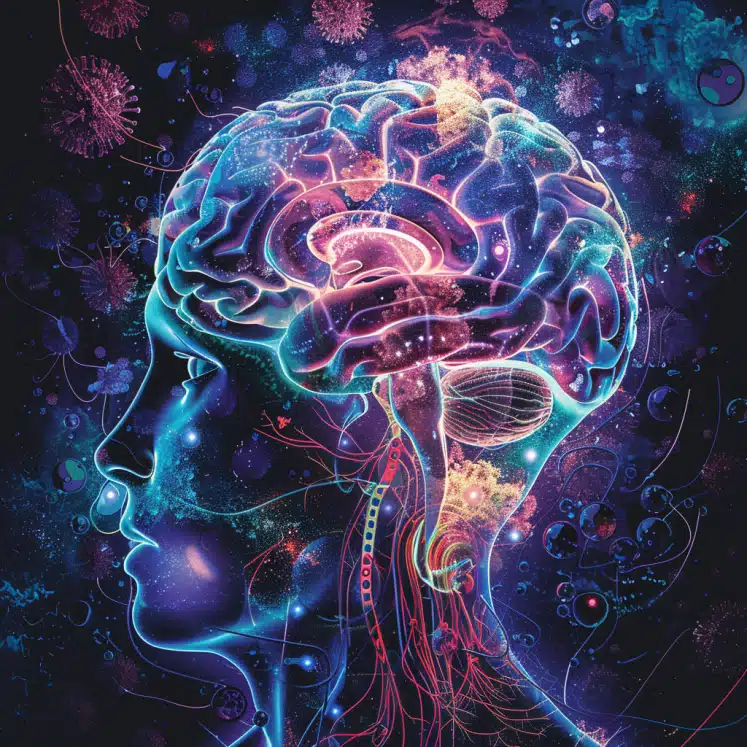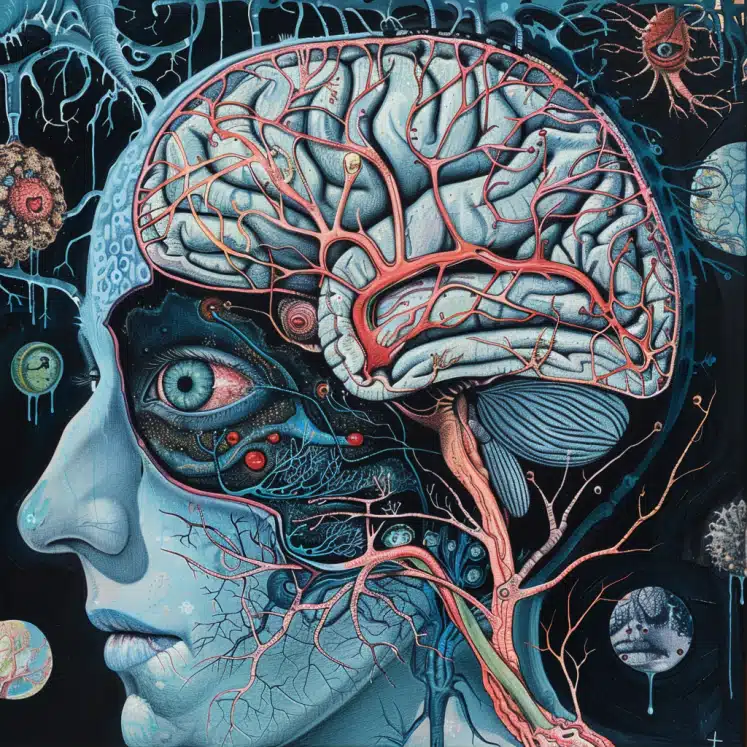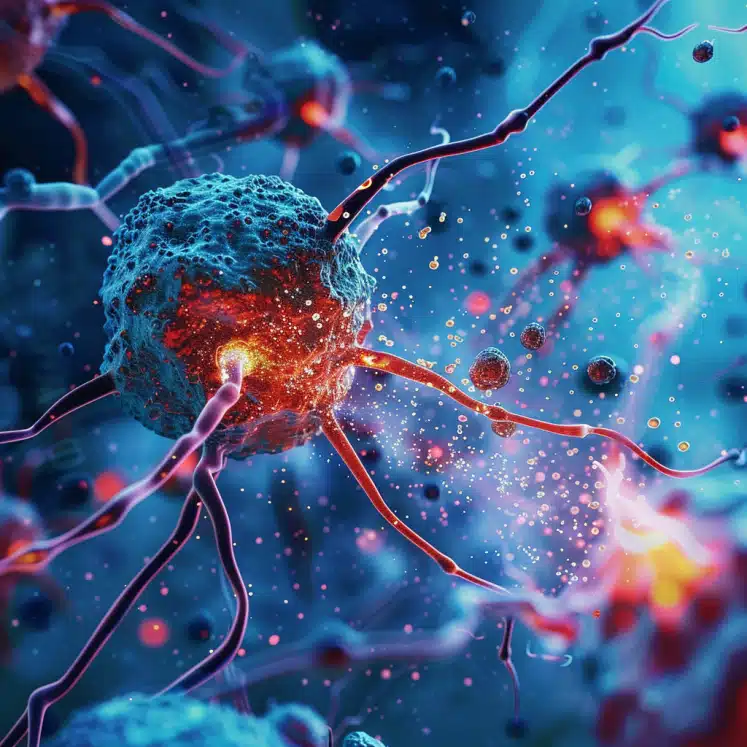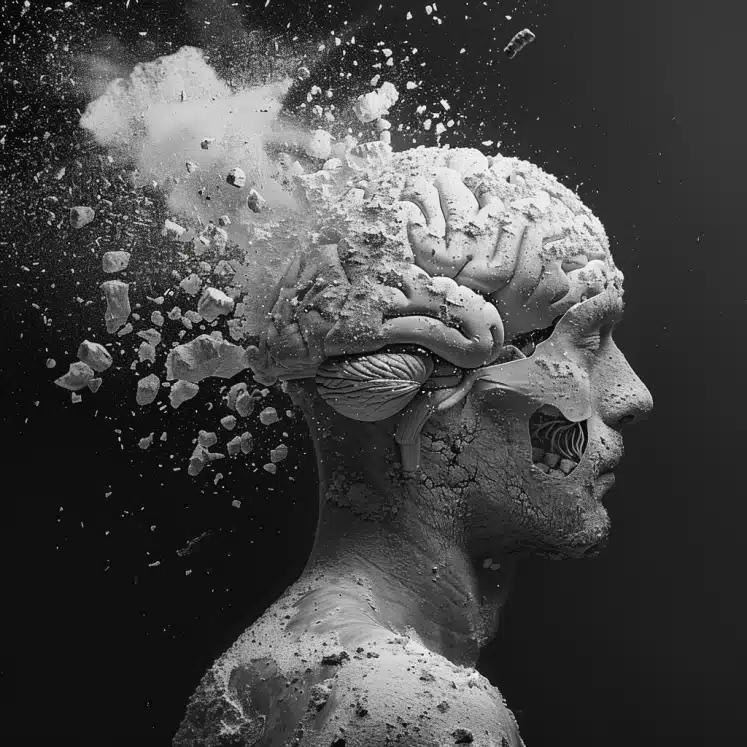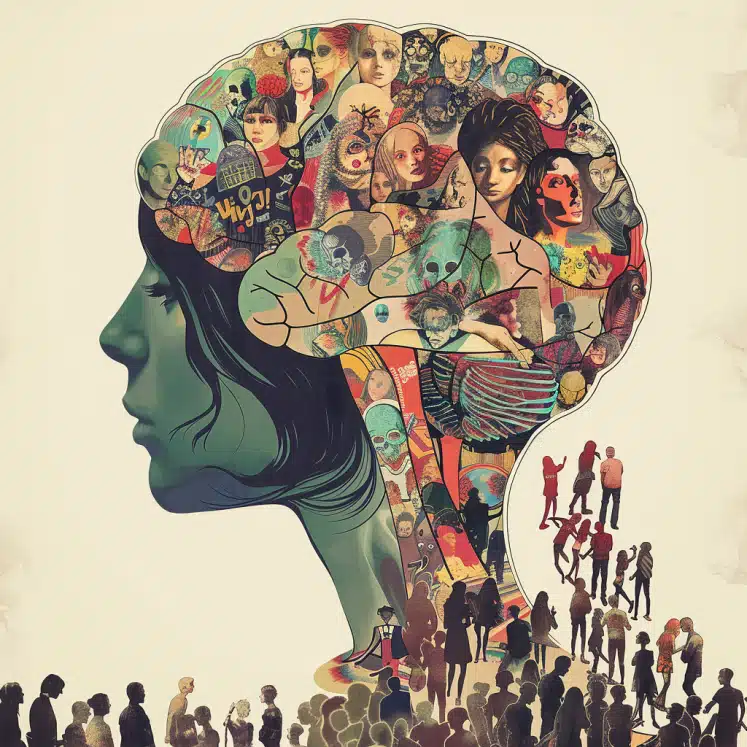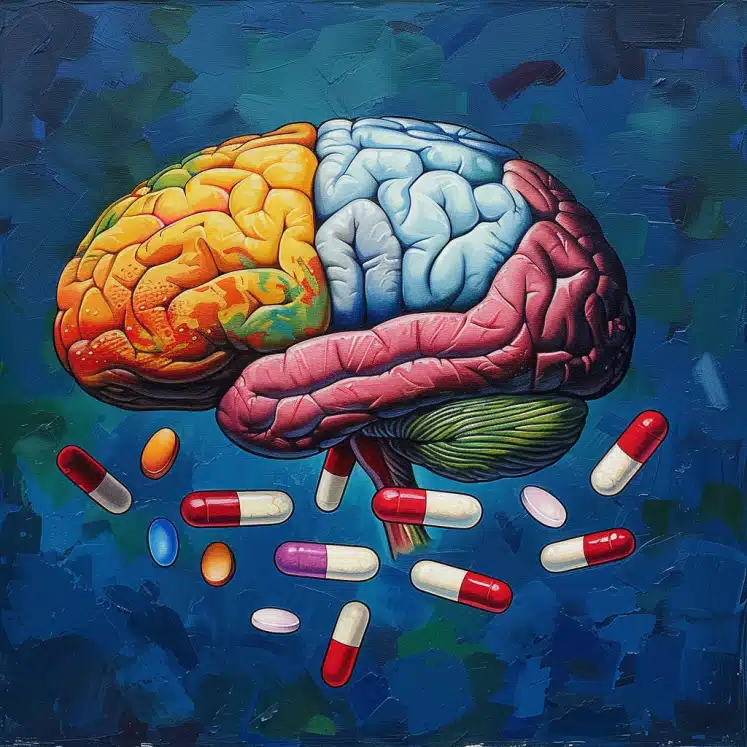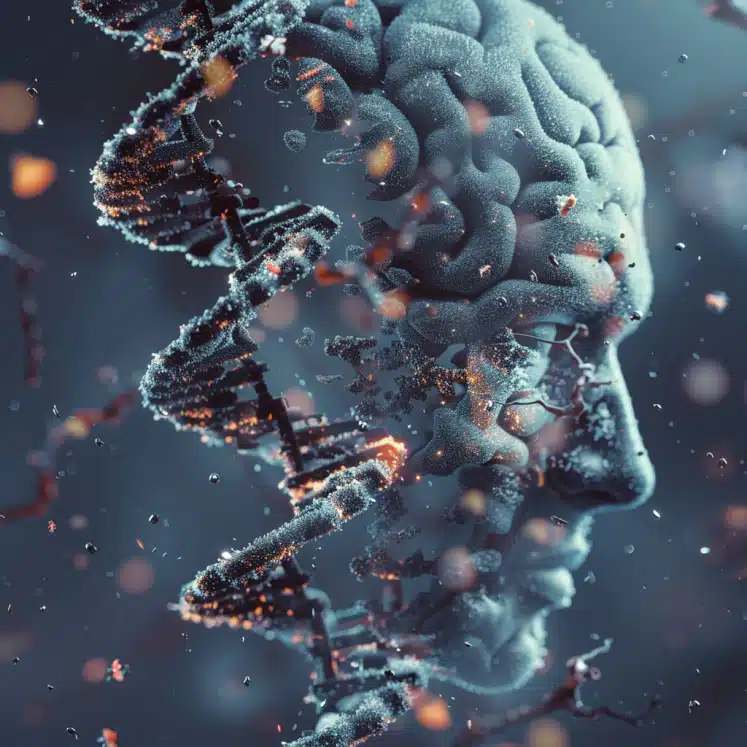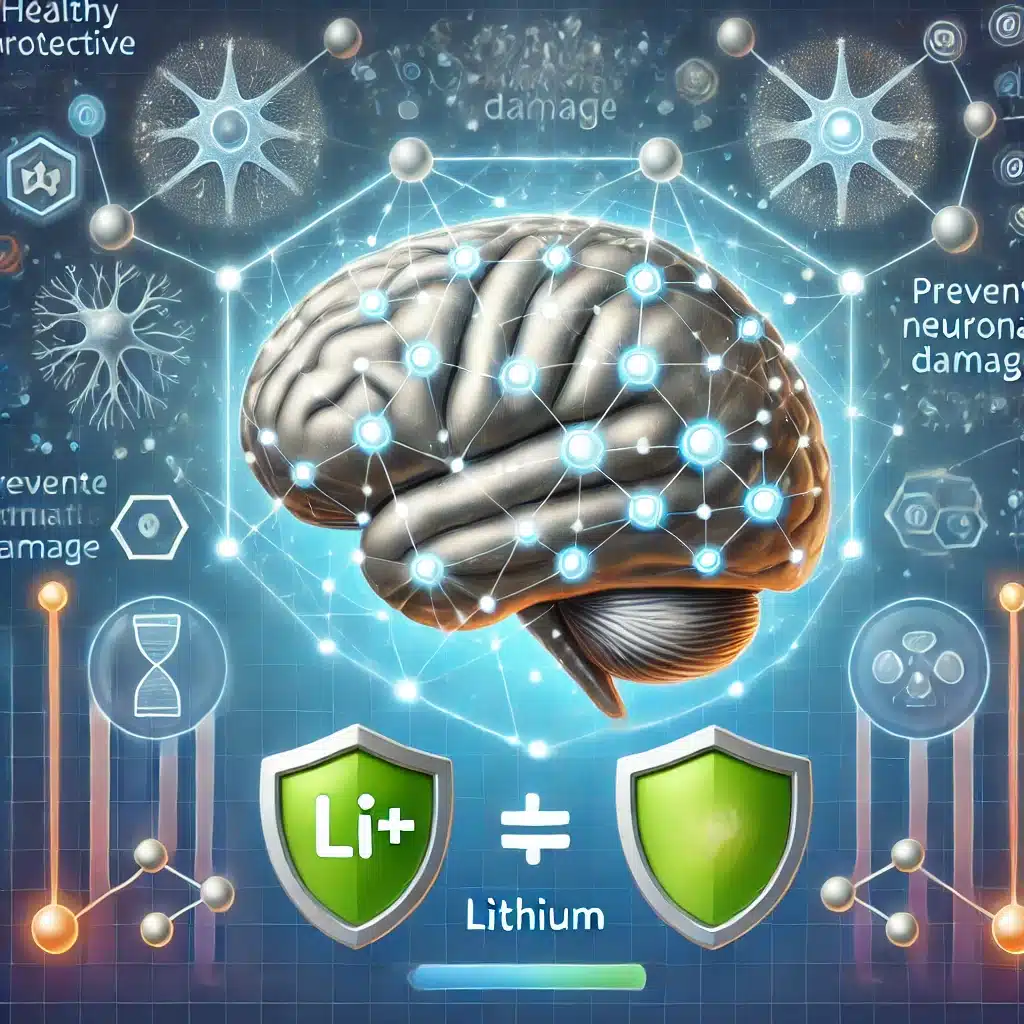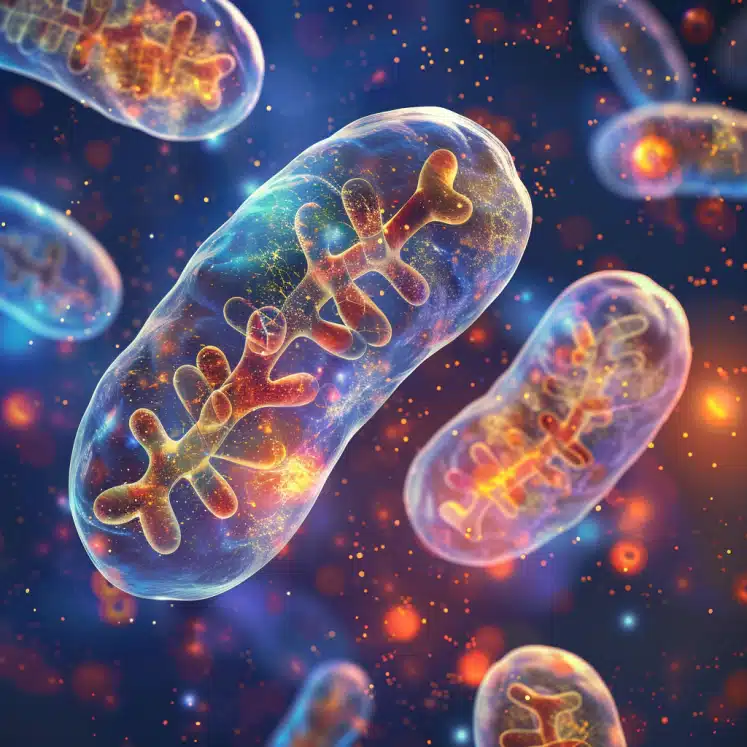Targeting the Gut Microbiome to Treat Epilepsy & Seizures: Future Potential (2024 Research)
Gut microbiota may influence epilepsy, but the exact mechanisms and involved microbiota are unclear, with potential treatments including ketogenic diets, probiotics, and fecal microbiota transplants being explored. Highlights: Approximately 33% of epilepsy patients are resistant to all antiseizure medications, with the role of gut microbiota in epilepsy being increasingly evident. The gut-brain axis, involving neuroendocrine, …
